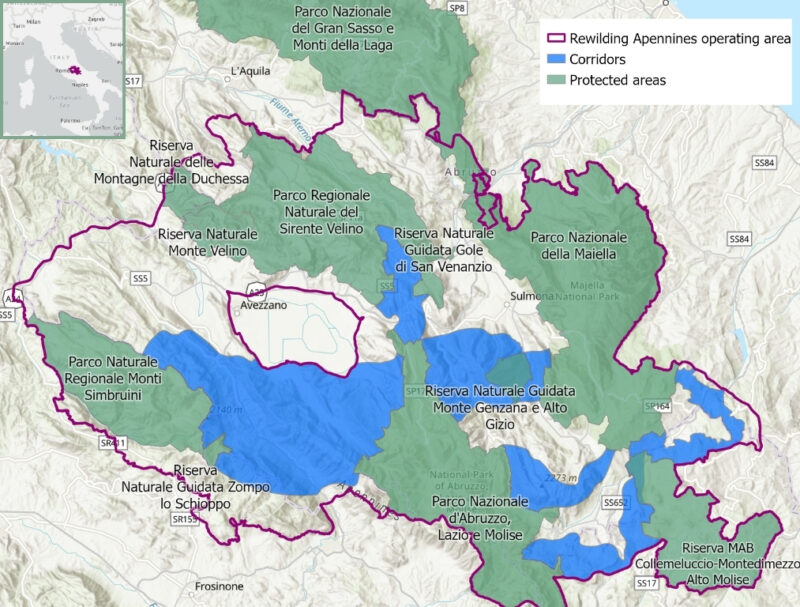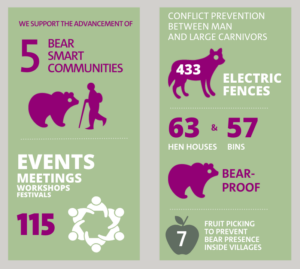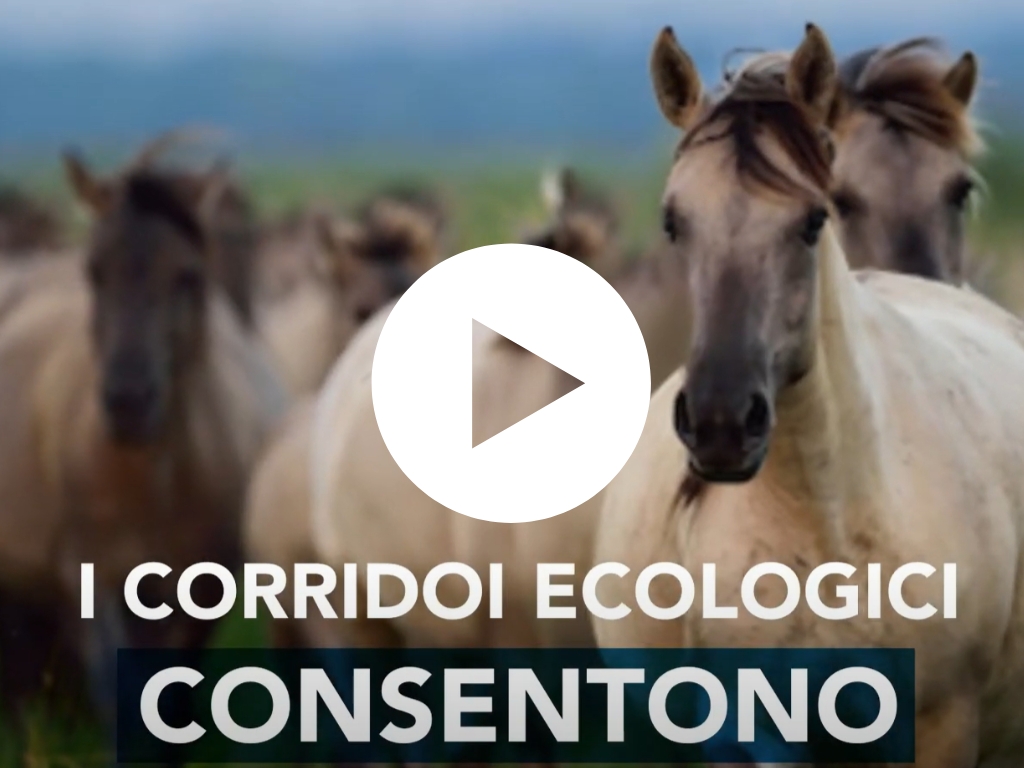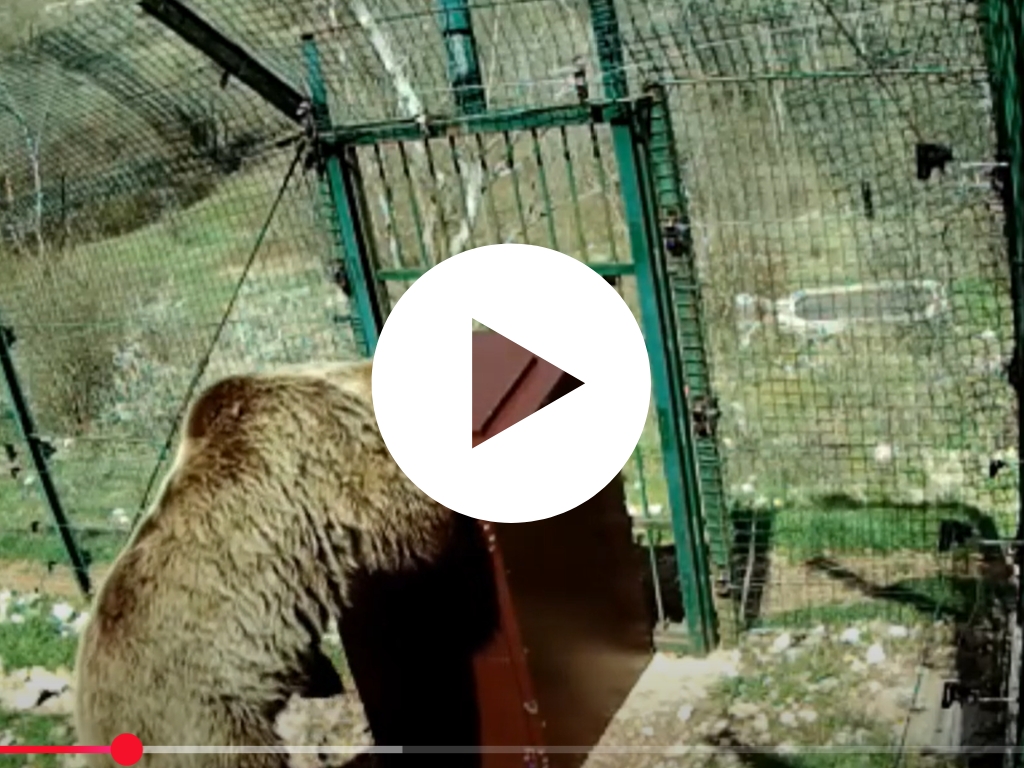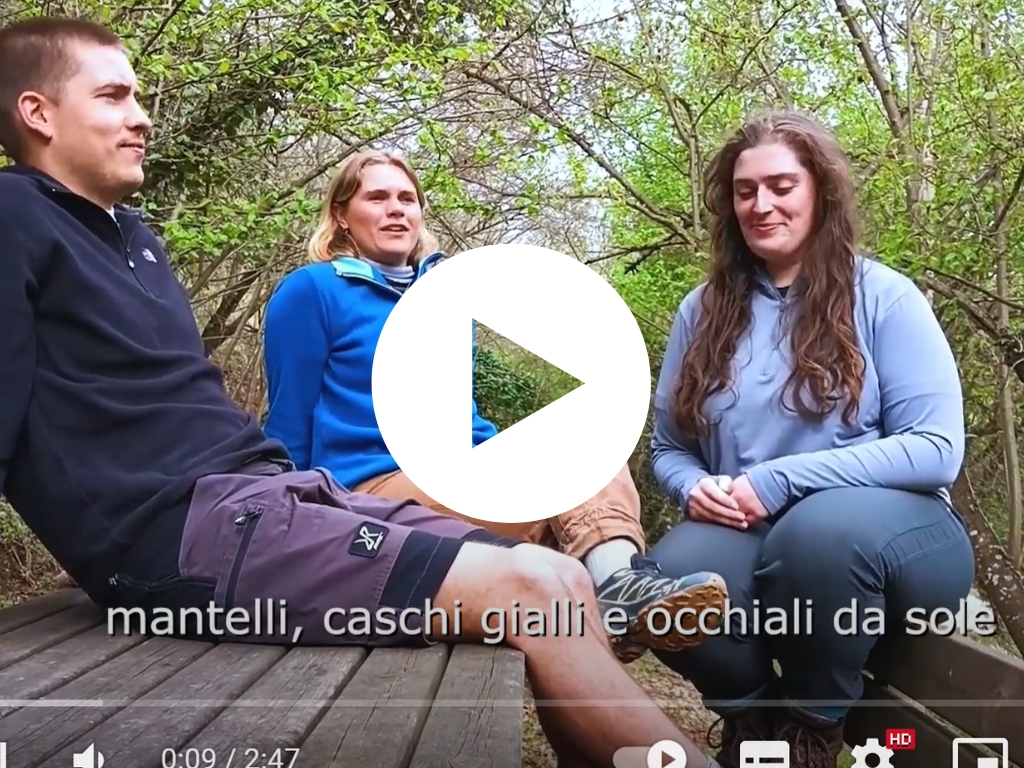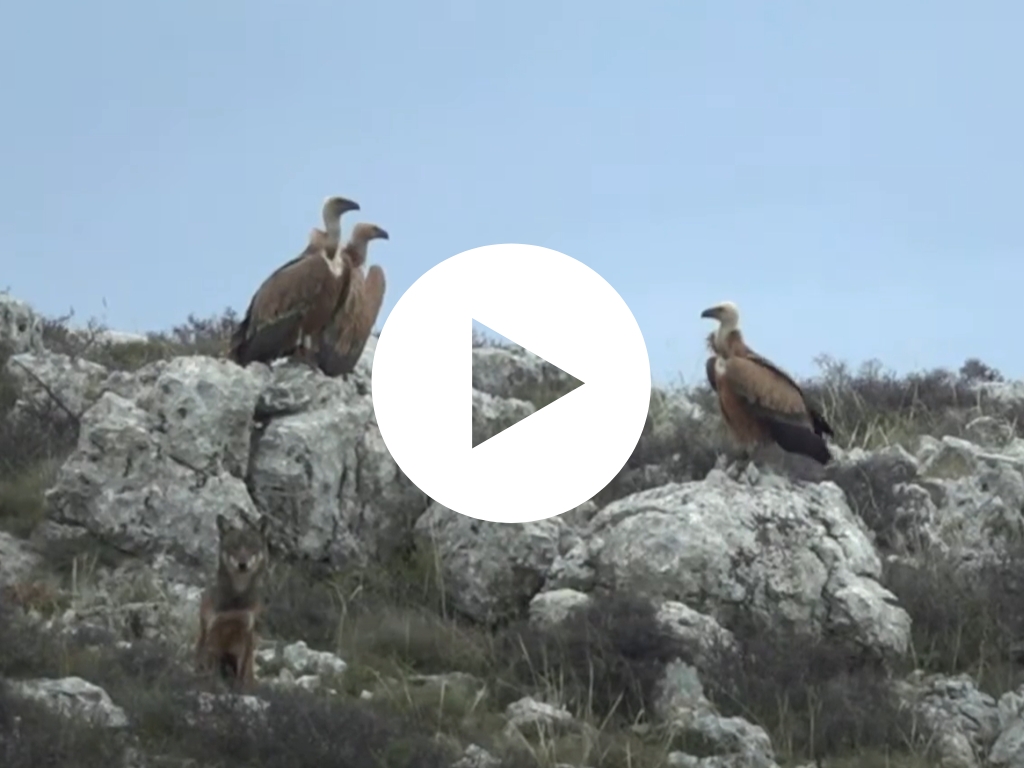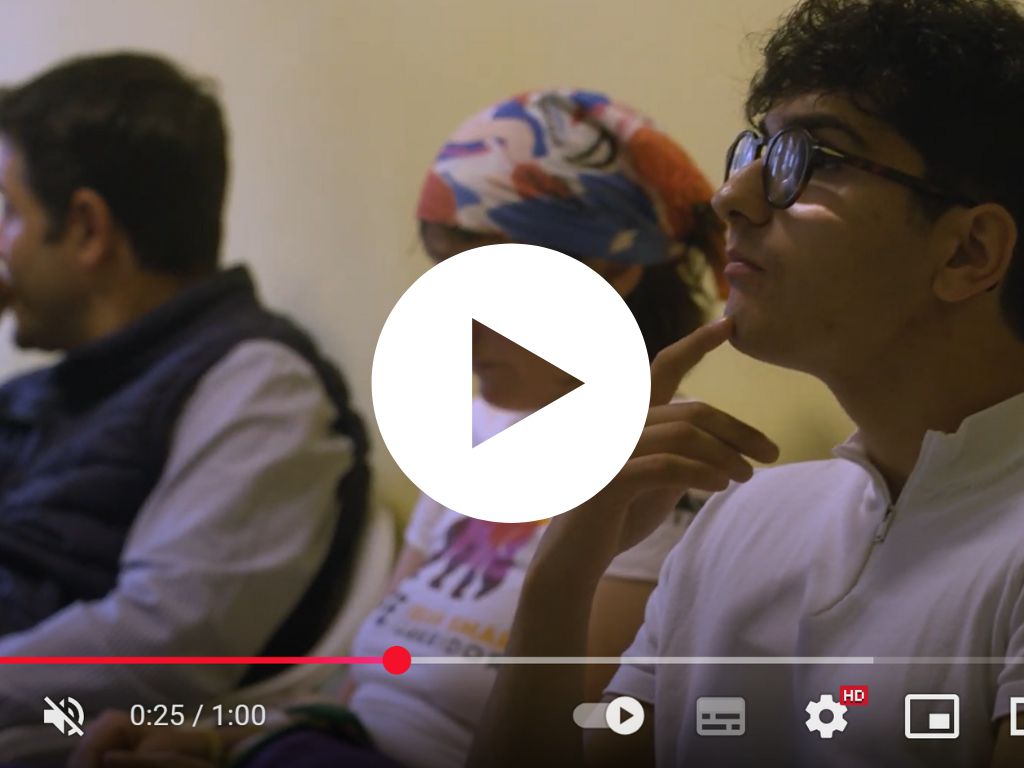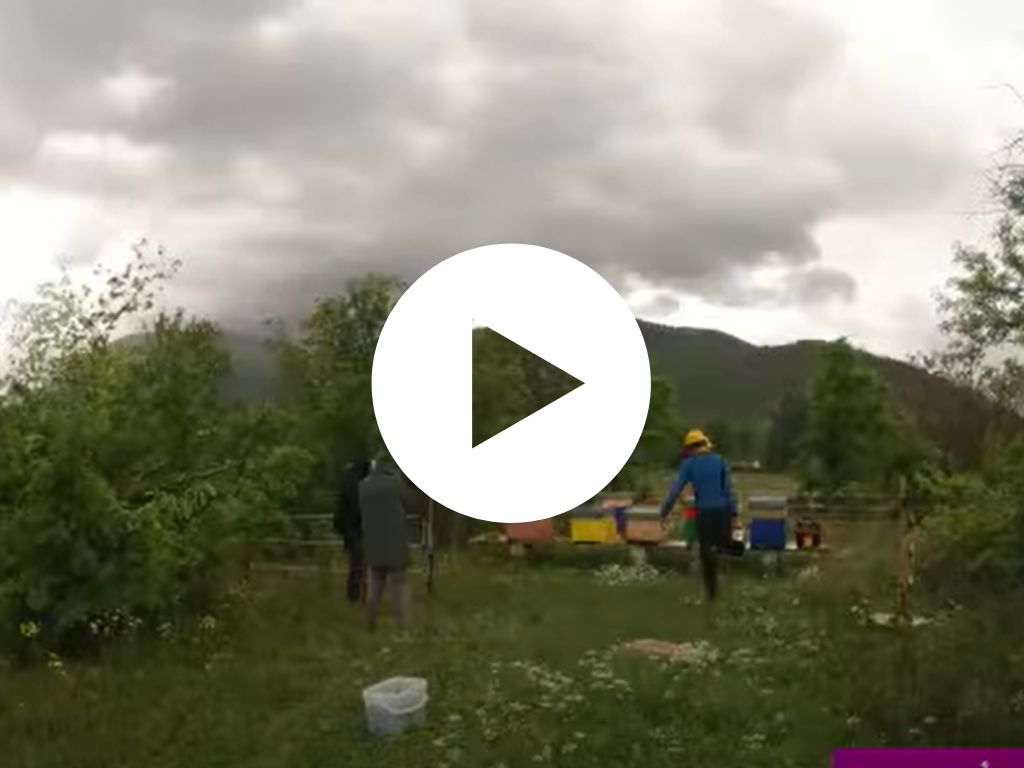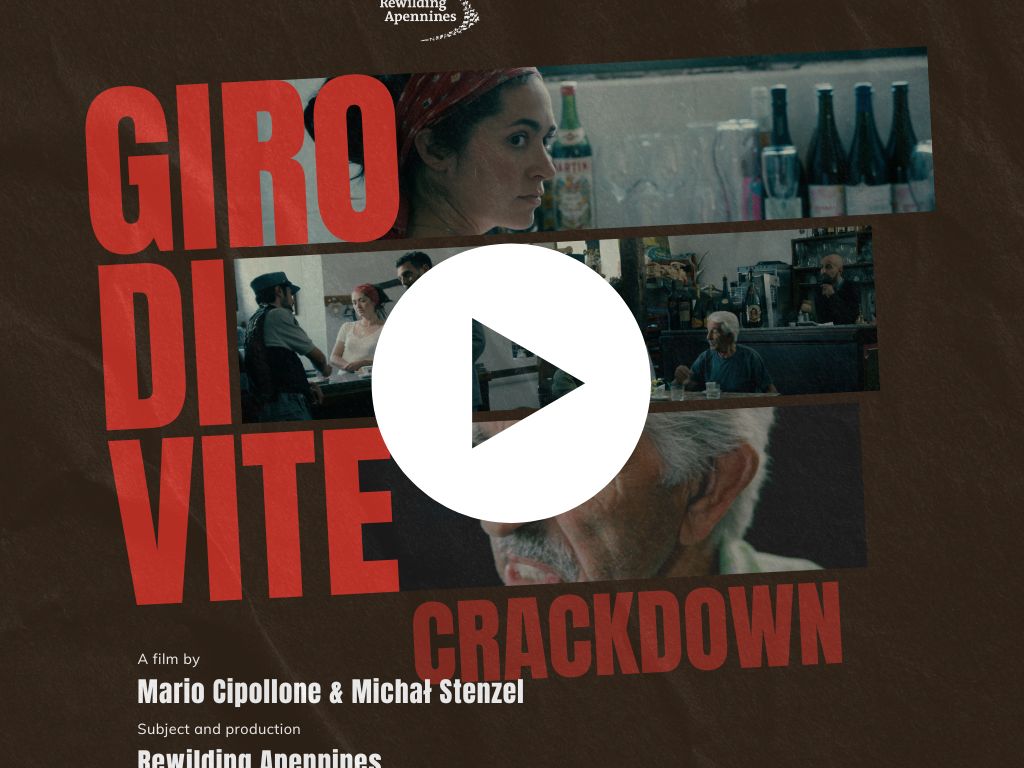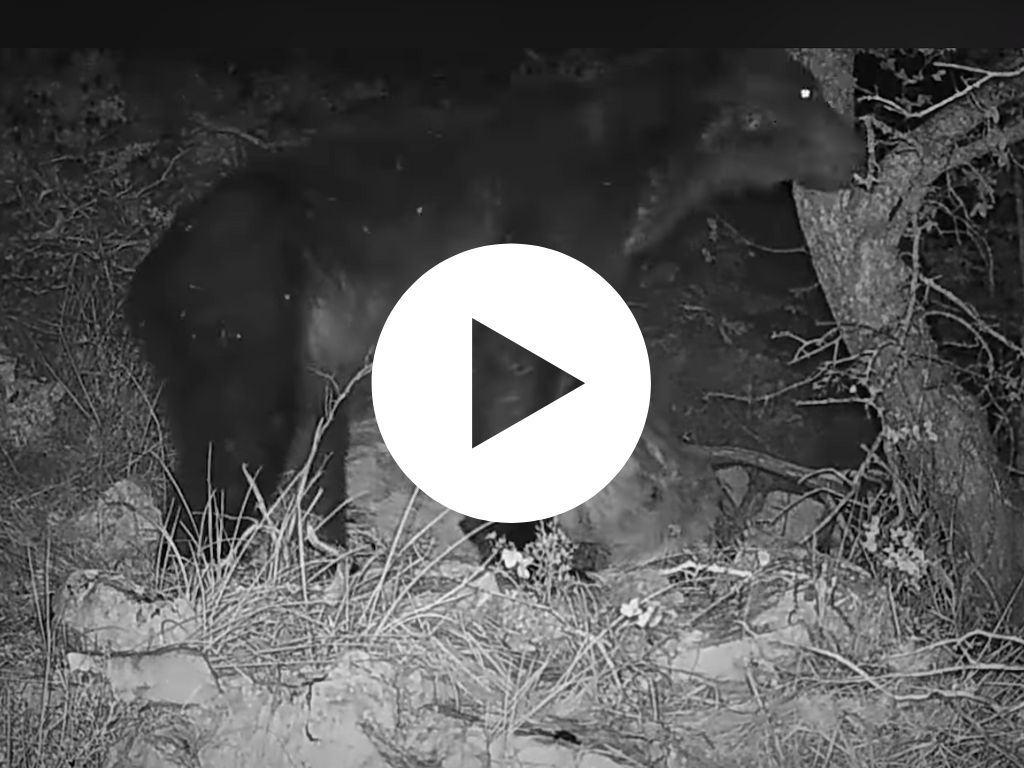A significant part of our work focuses on Ecological and Coexistence Corridors—key areas for wildlife conservation and peaceful coexistence with local communities.
♦ Ecological – because they represent true natural pathways that allow animals to move between crucial habitats, facilitating their return, expansion and genetic exchange between populations.
♦ Coexistence – because for an ecological corridor to be truly functional, it is essential to create the conditions that allow people and animals to coexist in balance.
Our five corridors span over 100,000 hectares, connecting the major protected areas of the Central Apennines. Rewilding Apennines is committed to making these spaces fully functional—ensuring a seamless link between protected ecosystems and enabling the free movement of wildlife in a landscape that supports both nature and local communities.
A multi-level commitment to functional corridors
To ensure the effectiveness of ecological and coexistence corridors, we take action on multiple fronts:
♦ Environmental restoration and species conservation – The success of these corridors depends on habitat quality and connectivity. We work to enhance their conditions through rewilding interventions, species support, and measures to reduce wildlife mortality.
♦ Engaging local communities – Conservation cannot succeed without the support of the people who live in these areas. That’s why we promote awareness-raising activities and active participation through meetings, events, and cultural initiatives.
♦ Supporting nature-based businesses – We encourage sustainable economic models that highlight the financial benefits of a thriving natural environment. By fostering opportunities for local communities, we help counteract economic stagnation and depopulation, challenges that affect many areas of the Apennines. Through our business network, we support local enterprises in integrating growth strategies aligned with rewilding practices.
♦ Preventing human-wildlife conflicts – Some species can pose challenges, such as damage to human activities or fears driven by lack of knowledge. With the right tools, these conflicts can be minimized and transformed into opportunities for coexistence. By implementing damage prevention measures and facilitating dialogue between institutions, businesses, and citizens, we work to reduce tensions and emphasize the many benefits of wildlife presence.
Our vision drives us forward on this long and demanding journey, guided by a clear goal: a future where nature is increasingly restored, and local communities become active leaders of change.
In 2015, together with Salviamo l’Orso, we pioneered this approach in Italy, drawing inspiration from North America’s Bear Smart Communities model. Adapting it to the local context, we established the first Bear-Smart Community in Pettorano sul Gizio.
Over the following years, our efforts expanded, creating two more communities in Valle Roveto and Alto Molise. Thanks to the LIFE Bear Smart Corridors program, this initiative has now grown to 16 active communities.
Today, in collaboration with Rewilding Europe, we continue on this path—working to expand our impact and build a future where people, wildlife, and nature can thrive together.
The role of volunteers in coexistence
Our volunteers contribute far beyond their hands-on support in the field. In addition to their work in rewilding initiatives and the installation of measures to prevent wildlife-related damage, their positive impact extends to many less visible yet essential aspects—helping to build a true culture of coexistence.
Through their presence, actions, and engagement, they foster understanding, promote dialogue, and play a key role in bridging the gap between communities and nature, ensuring that coexistence becomes not just a possibility, but a shared reality.
Ispiration
The passion and commitment of our volunteers do not go unnoticed. Their work in the field sparks the interest of local residents, fostering cultural exchanges that turn them into true ambassadors of nature.
Through their concrete example, they inspire a change meant to last over time, taking root in both the land and its people.
A new life
The small villages of the Central Apennines, often affected by depopulation, regain vitality thanks to the presence of young volunteers. Their energy not only enlivens the community but also revitalizes the local microeconomy.
Tourism also benefits: friends and family often visit to share in their experience, further contributing to the enhancement and appreciation of the territory.
Bonds
The multicultural environment that develops favors cultural and linguistic exchanges, enriching both volunteers and local communities. Friendships are formed that often extend beyond the volunteering period.
Many volunteers also choose to return to the places that welcomed them, creating a lasting bond with the territory.
